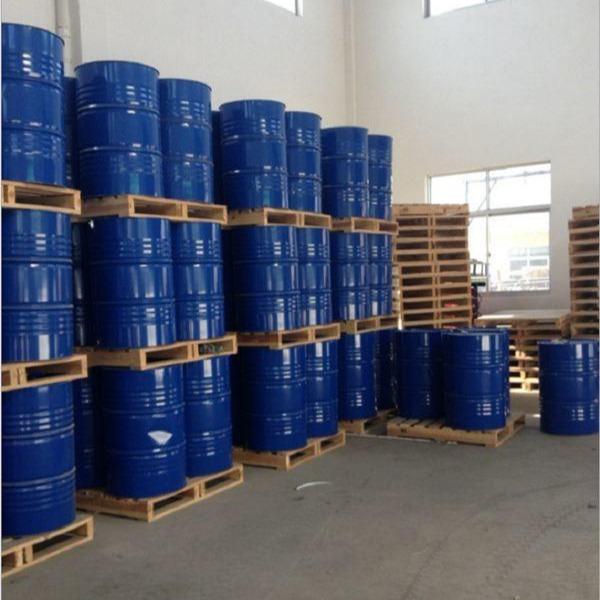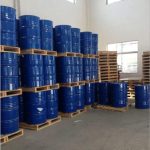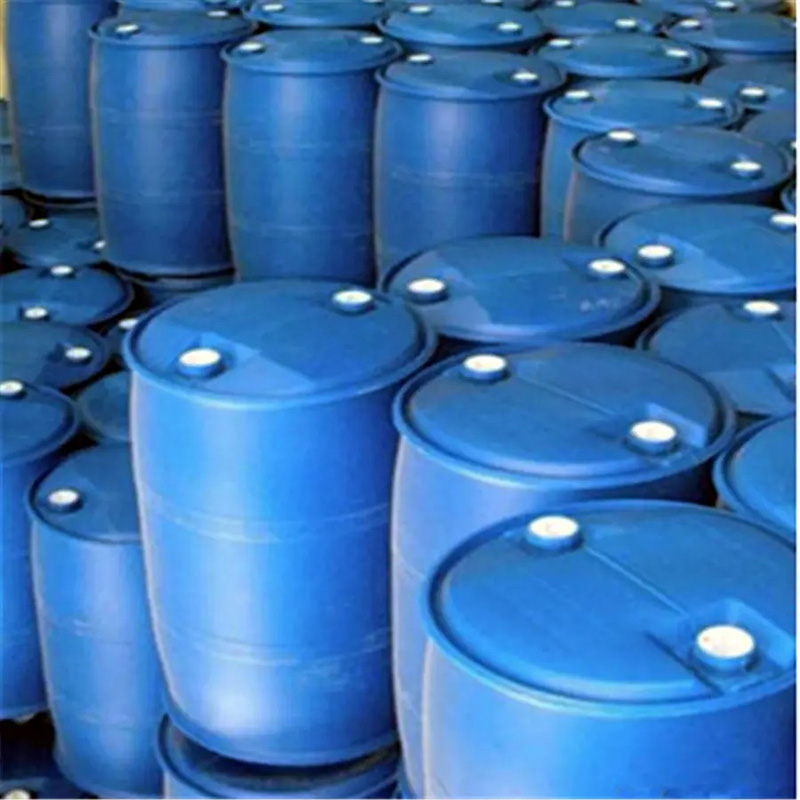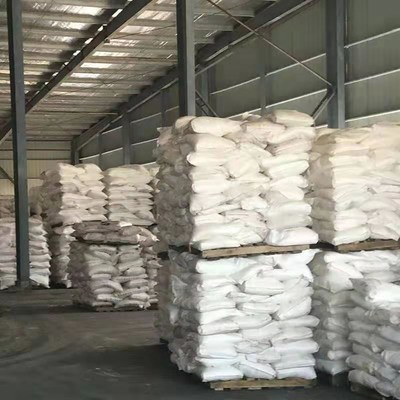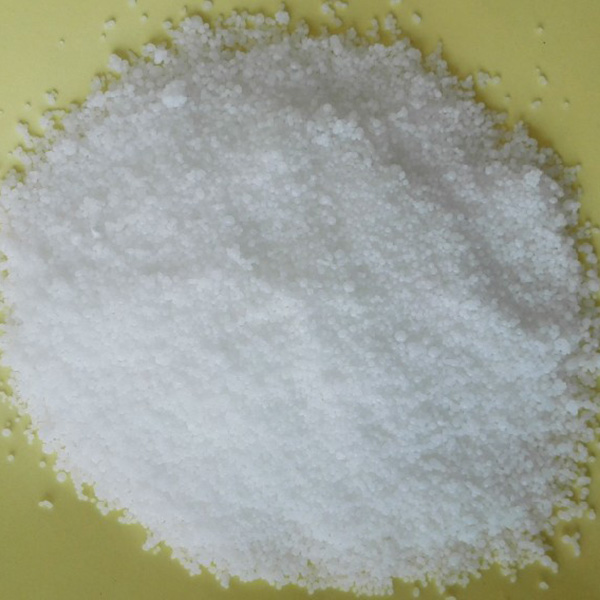
Sodium carbonate
The chemical formula of sodium carbonate is Na2CO3, commonly known as soda ash, soda, alkali ash, washing soda. It is a white powder under normal circumstances and a strong electrolyte. The density is 2.532g/cm3, the melting point is 851°C, it is easily soluble in water, has the general properties of salt, is a weak acid salt, slightly soluble in anhydrous ethanol, insoluble in propanol, and undergoes hydrolysis reaction after dissolving in water, making the solution alkaline, with a certain degree of corrosiveness, and can react with acid to neutralize, generate corresponding salts and release carbon dioxide. It can decompose at high temperatures to generate sodium oxide and carbon dioxide. Long-term exposure to air can absorb moisture and carbon dioxide in the air to generate sodium bicarbonate and form hard lumps. It has strong hygroscopicity and is easy to form hard lumps, and it does not decompose at high temperatures. Sodium carbonate reacts with water to form three hydrates: Na2CO3·10H2O, Na2CO3·7H2O, and Na2CO3·H2O. Among them, Na2CO3·10H2O is the most stable, and the heat of dissolution in water is very small. It is mostly used in the photography industry, and its trade name is carbon oxide. Na2CO3·10H2O is also called crystal alkali. It is easy to weather in dry air. In the past, crystal alkali was often used for household washing and wool washing, so it was also called “washing alkali”. In the past, the Chinese people used to use “block alkali” that could be used for both washing clothes and making dough. It was made by stirring soda ash with a large amount of water (some baking soda (NaHCO3) was added, and its water content was above 50%. Sodium carbonate exhibits an endothermic reaction when dissolved in water and is easy to weather in the air. Na2CO3·7H2O is unstable and can only be precipitated from a saturated sodium carbonate solution within the range of 32.5 to 36°C. Sodium carbonate is a weak acid and strong base salt (soda ash is a salt, not a base, but the solution is strongly alkaline). Na2CO3 produced by chemical methods is purer than natural alkali, so people call it “soda ash”.

